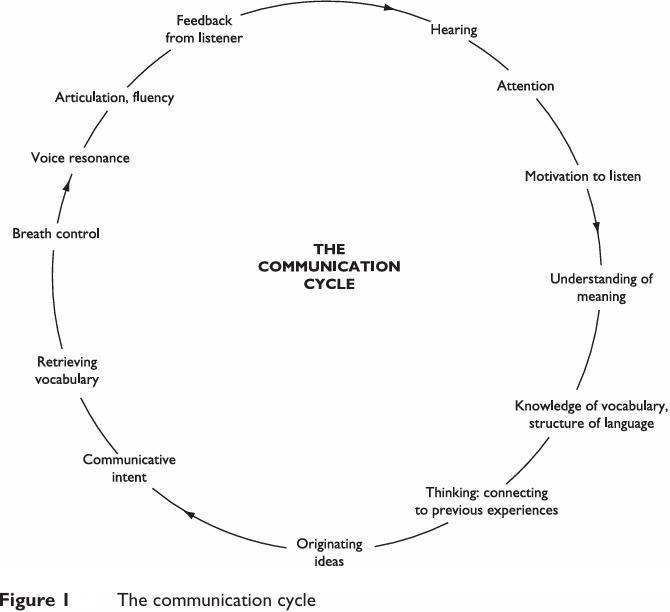


 Grammar
Grammar
 Tenses
Tenses
 Present
Present
 Past
Past
 Future
Future
 Parts Of Speech
Parts Of Speech
 Nouns
Nouns
 Verbs
Verbs
 Adverbs
Adverbs
 Adjectives
Adjectives
 Pronouns
Pronouns
 Pre Position
Pre Position
 Preposition by function
Preposition by function 
 Preposition by construction
Preposition by construction
 Conjunctions
Conjunctions
 Interjections
Interjections
 Grammar Rules
Grammar Rules
 Linguistics
Linguistics
 Semantics
Semantics
 Pragmatics
Pragmatics
 Reading Comprehension
Reading Comprehension
 Teaching Methods
Teaching Methods|
Read More
Date: 2025-03-24
Date: 2025-04-04
Date: 2025-03-31
|
Speech, language and communication needs (SLCN)
Language is central to learning. It provides the main tool for teaching and learning and, by experiencing language for these purposes, children’s language develops further. Through active participation and through interaction with people and with their environment, children learn to make sense of their world. Learning and in particular, learning through the use of language is an intellectual, emotional and social activity. (Martin and Miller, 1999).
We will seek to provide an increased understanding of the process, pace and purpose of normal language development for those who support learners with speech language and communication needs (SLCN). This will be used as a basis, for providing a framework for assessing SLCN within educational contexts and identifying appropriate support strategies. Most children have not only ‘learned to talk’ but are also able to ‘talk to learn’ prior to school entry. For children who do not experience difficulties with speech, language and communication, their ability to use language to communicate, reflect and reason, and plan and monitor their own behavior appears to happen with comparative ease. However, for those who teach pupils with SLCN, progress is often frustratingly slow. Although ‘early identification’ has been enshrined within Special Educational Needs (SEN) policy for at least a decade (DfE, 1994; DfES, 2004) and is an important component of educational practice, there is little doubt that language difficulties have a long-term pervasive effect on educational attainment.
It is crucial that the development of the use of language is regarded as a whole-school responsibility with all staff having an awareness of how to support and enhance language development through their interaction with pupils.

In thinking about the development and use of language, it is clear that there is a contrast between the complexity of the communication process (see Figure 1) and the apparent ease with which the majority of infants learn to understand and use language.
Figure 1 describes the processes involved in communication. The right of the diagram is concerned with ‘input’, i.e. listening and understanding that we refer to as ‘receptive language’ and the left-hand side is concerned with the output of speech and language that we refer to as ‘expressive language’. In normal language development, receptive language (i.e. understanding) precedes expressive language development. Parents and caretakers continue to talk to their babies, even though they may get limited response, in order to promote understanding of language. It is important that those who support learners with SLCN ensure that the development of receptive language is not limited by the learner’s restricted use of language. Talking, commenting on what the pupil does, reading stories, etc. are important activities for those who support learners with SLCN.
|
|
|
|
دراسة: حفنة من الجوز يوميا تحميك من سرطان القولون
|
|
|
|
|
|
|
تنشيط أول مفاعل ملح منصهر يستعمل الثوريوم في العالم.. سباق "الأرنب والسلحفاة"
|
|
|
|
|
|
|
لتعزيز التواصل مع الزائرات الأجنبيات : العتبة العلويّة المقدّسة تُطلق دورة لتعليم اللغة الإنجليزية لخادمات القسم النسويّ
|
|
|